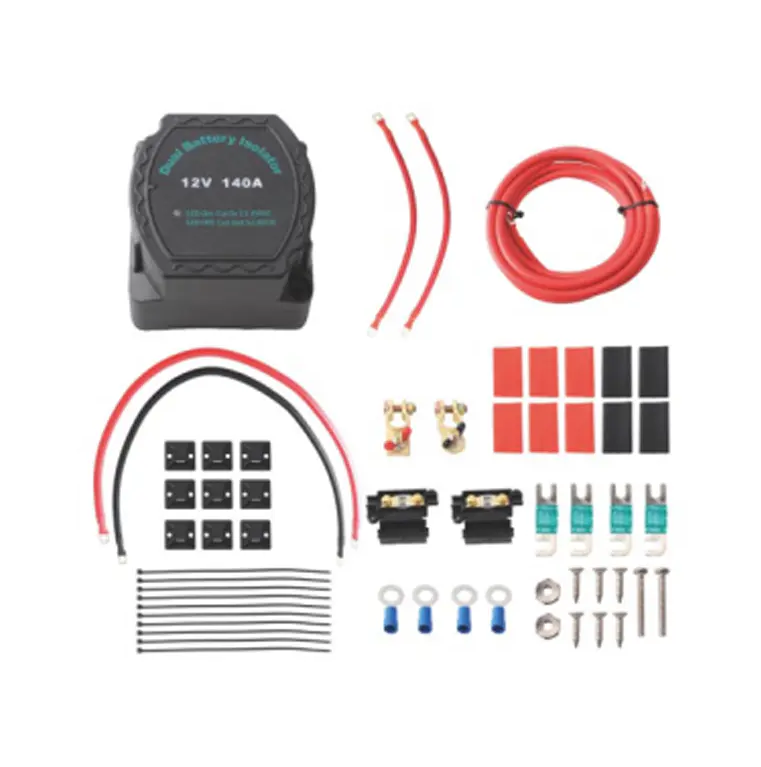How a Dual Battery Isolator Functions in Solar-Based Dual Battery Setups

As solar energy systems become increasingly popular in off-grid, mobile, and hybrid applications, questions arise about the integration of traditional battery management components into these systems. A commonly discussed component is the Dual Battery Isolator, which is traditionally used in automotive and marine environments to manage two battery banks. Many users wonder whether a Dual Battery Isolator can also be effectively used in solar energy storage systems. The short answer is yes, but its application requires an understanding of how it functions, its limitations, and whether it fits the design of the specific solar setup.
A Dual Battery Isolator is designed to manage the charging and discharging behavior of two batteries, typically a starting battery and an auxiliary battery, by controlling when they are connected or isolated based on voltage thresholds. In a vehicle setup, this ensures that the auxiliary battery can power accessories without draining the starting battery. When applied to a solar energy storage system, the same concept can be beneficial, particularly in setups involving a primary battery dedicated to critical loads and a secondary battery used for general-purpose storage or non-essential loads.
In solar applications, the isolator can help prevent both batteries from discharging simultaneously, which is particularly important during periods of limited sunlight. For example, a Dual Battery Isolator can ensure that when the solar charge controller detects sufficient energy input, both batteries receive charge. However, when the solar input drops or during nighttime hours, the isolator will disconnect the two batteries, preserving the charge in the primary bank for essential loads such as lighting, communications equipment, or medical devices.
That said, there are important factors to consider. Most Dual Battery Isolator units are designed to work with vehicle alternator systems, which provide a relatively stable and predictable voltage curve. Solar charge controllers, on the other hand, regulate voltage differently, often using multi-stage charging profiles (bulk, absorption, float) and may not provide the same voltage patterns that an isolator is programmed to respond to. This means that while a Dual Battery Isolator can technically be used in a solar energy system, compatibility with the solar controller and battery chemistry must be verified.
Furthermore, in many modern solar systems, charge distribution between multiple batteries is managed directly by the solar charge controller itself, especially in more advanced MPPT models that can accommodate dual outputs or integrate with battery management systems (BMS). In such setups, using a Dual Battery Isolator may be redundant or even interfere with the charge controller’s logic. However, in simpler or modular solar installations—such as DIY van conversions, remote cabins, or boat solar kits—a Dual Battery Isolator can still serve a useful purpose if implemented correctly.
In conclusion, a Dual Battery Isolator can be used in a solar energy storage system, especially when managing two battery banks with different purposes or load priorities. While not specifically designed for solar environments, the isolator provides effective battery protection and charge management when matched properly with the system's voltage behavior and controller output. As always, careful planning and compatibility checks are essential for ensuring safe and efficient operation.
12V
OEM X Retrofitted vehicles, RVS, yachts, solar charging units
- Art
- Causes
- Crafts
- Dance
- Drinks
- Film
- Fitness
- Food
- Spiele
- Gardening
- Health
- Startseite
- Literature
- Musik
- Networking
- Andere
- Party
- Religion
- Shopping
- Sports
- Theater
- Wellness


